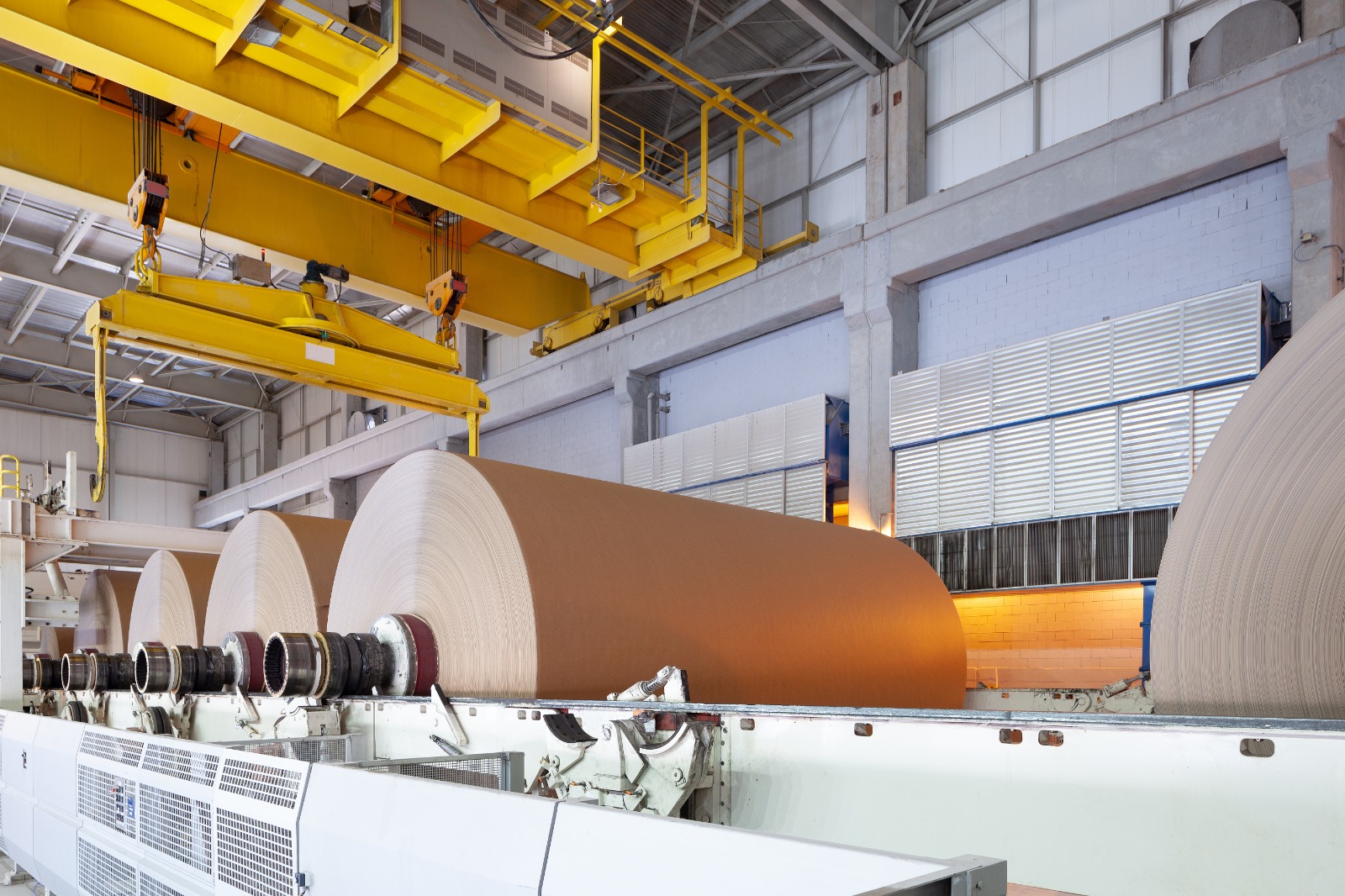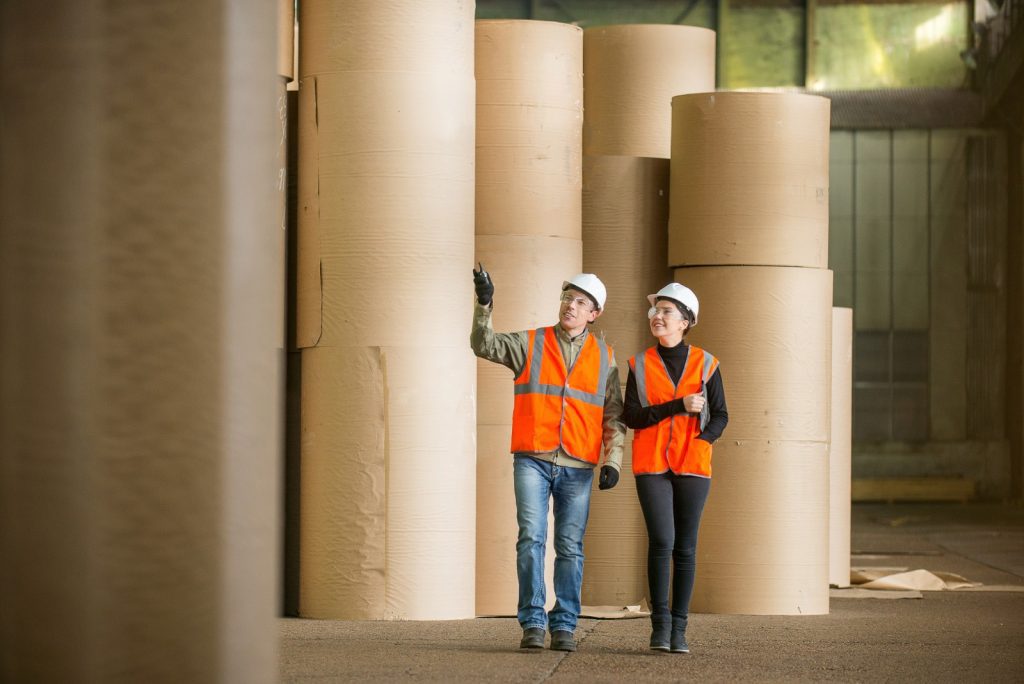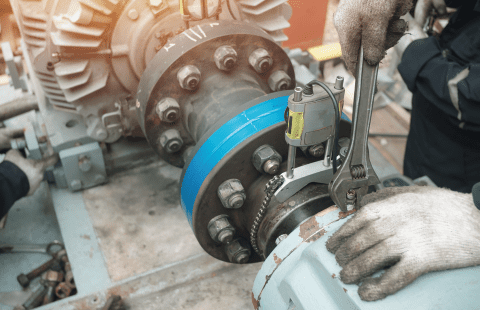
Predictive Maintenance in the Paper and Pulp Industry
The pulp and paper industry is facing significant challenges in maintaining profitability as global economic instability, stricter regulations, and equipment malfunctions continue to mount. These difficulties are further compounded by the rising expenses of energy and raw materials, as well as the demands of complying with health, safety, and environmental regulations. In response to these pressures, mills are seeking ways to reduce costs by streamlining maintenance procedures and increasing the availability and uptime of their plants.
This is where predictive maintenance comes into play. Predictive maintenance is different from traditional preventative maintenance in that it uses data and analysis to predict when equipment is likely to fail, rather than relying on fixed schedules for maintenance. This allows for service to be performed at the most convenient time, which helps to reduce downtime and increase equipment uptime.
The Benefits of Predictive Maintenance in the Paper and Pulp Industry
Predictive maintenance can have a significant impact on the paper and pulp industry, providing a range of benefits such as:
- Increased equipment uptime and availability: By identifying potential equipment failures before they occur, predictive maintenance can prevent downtime and keep production running smoothly.
- Reduced maintenance costs: By performing maintenance at the right time, it is possible to extend the life of equipment and reduce the need for costly repairs.
- Improved safety: Predictive maintenance can identify potential hazards before they become a problem, reducing the risk of accidents and injuries.
- Increased production efficiency: By ensuring that equipment is running at optimal performance, predictive maintenance can increase production efficiency and boost output.

How Predictive Maintenance is Implemented
Predictive maintenance is implemented in the paper and pulp industry using a combination of sensors, monitoring equipment, and predictive analytics software. Sensors are used to gather data on equipment performance, such as vibration, temperature, and pressure.
This data is then analyzed using predictive analytics software, which is able to identify patterns and trends that indicate when equipment is likely to fail. Based on this analysis, a maintenance plan is developed that focuses on maintaining the equipment at a time that makes sense for the company.

Asset in Paper Industry
Paper machines are highly intricate and consist of numerous costly components that undergo wear and tear during the manufacturing process. Predictive maintenance has become a crucial aspect of the paper and pulp industry to optimize asset performance, increase productivity, and reduce maintenance costs. Artesis e-MCM employs a range of techniques for Model-Based Voltage and Current analysis, enabling its sensors to be installed inside the motor control cabinet (MCC). This means that pumps, fans, compressors, centrifuges, and other assets operating in harsh conditions and ATEX zones can be monitored reliably without requiring sensor installation on the machine. The installation of sensors within the MCC is also quick and easy, and avoids the safety and access constraints that are associated with on-asset placement.

Case Study: The Use of Predictive Maintenance at Artesis
Artesis, a leading provider in the paper and pulp production equipment industry, has seen some amazing results by implementing predictive maintenance in its operations. They’re using a variety of sensors to collect data on their equipment’s performance and then using advanced analytics software to analyze it. By identifying potential equipment failures before they happen, Artesis has been able to minimize downtime, maximize equipment uptime, and improve production efficiency.
When comparing the outcomes at Artesis to those achieved by traditional maintenance methods, it’s clear that predictive maintenance can have a significant impact on the bottom line. Thanks to predictive maintenance, Artesis has been able to decrease maintenance costs by 20% and boost production efficiency by 10%.
Closing Thoughts
At the end of the day, predictive maintenance is an innovative approach that is revolutionizing the way maintenance is performed in the paper and pulp industry. By using data and analysis to predict when equipment is likely to fail, companies can better prepare for mechanical issues and minimize downtime.




